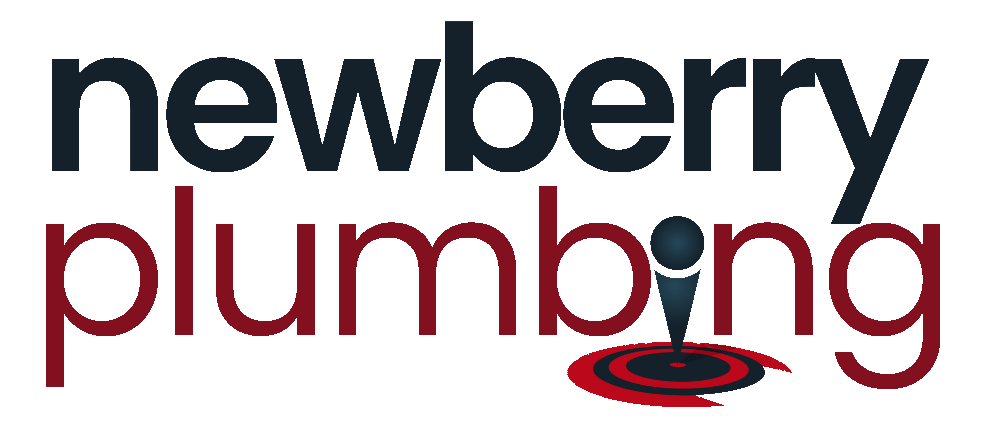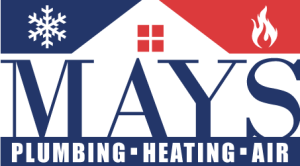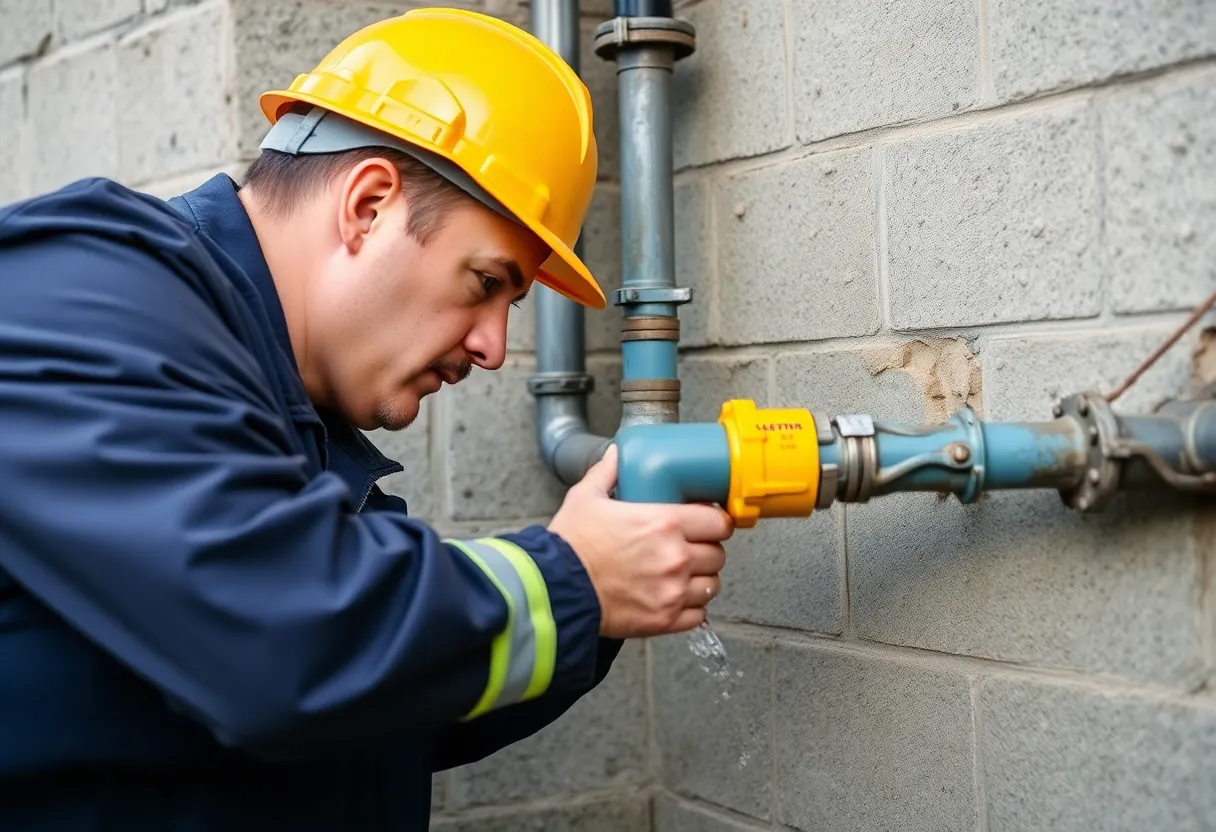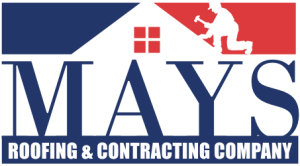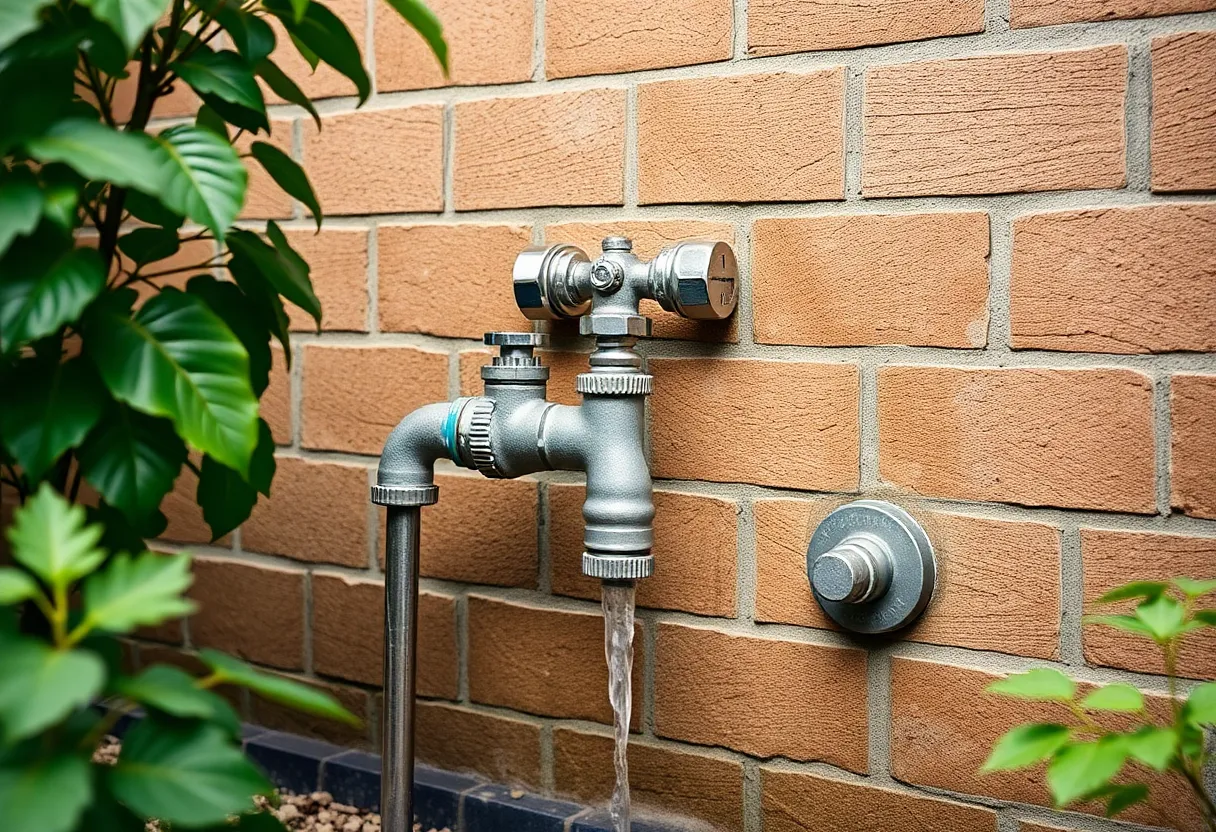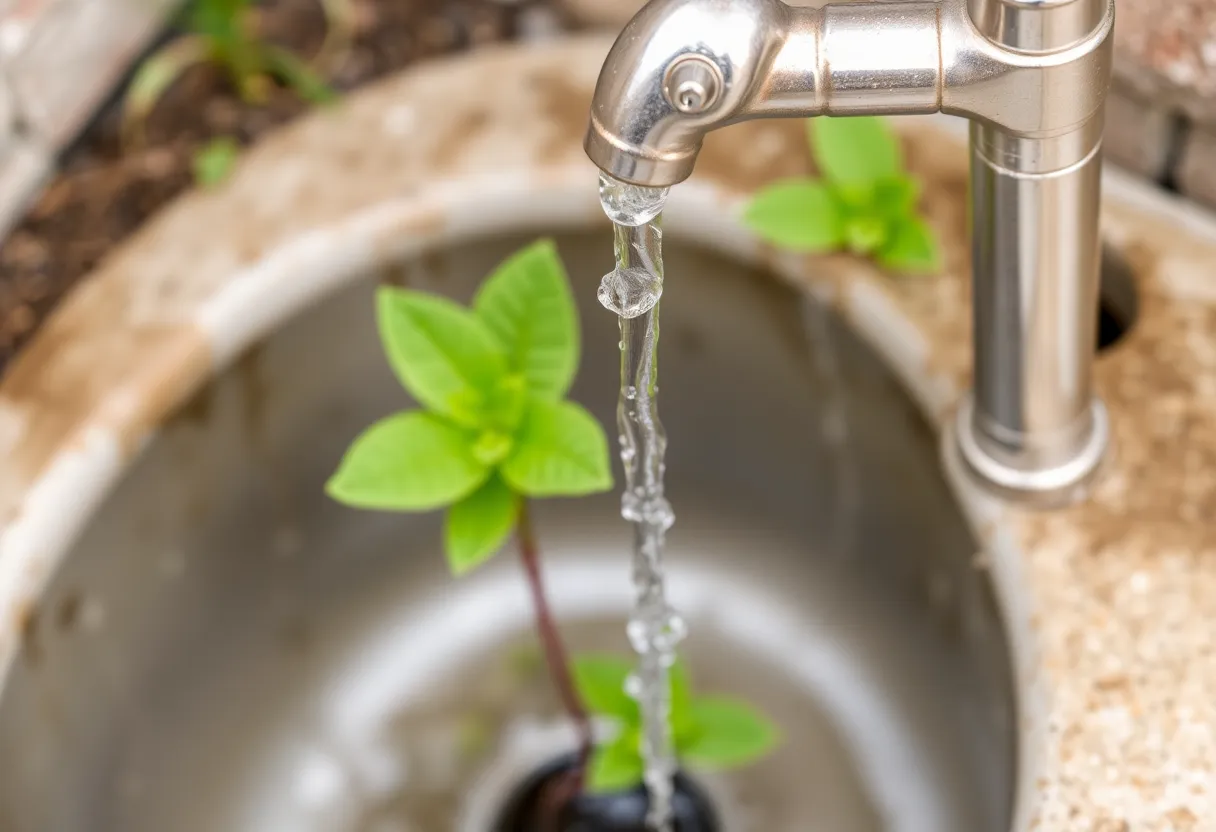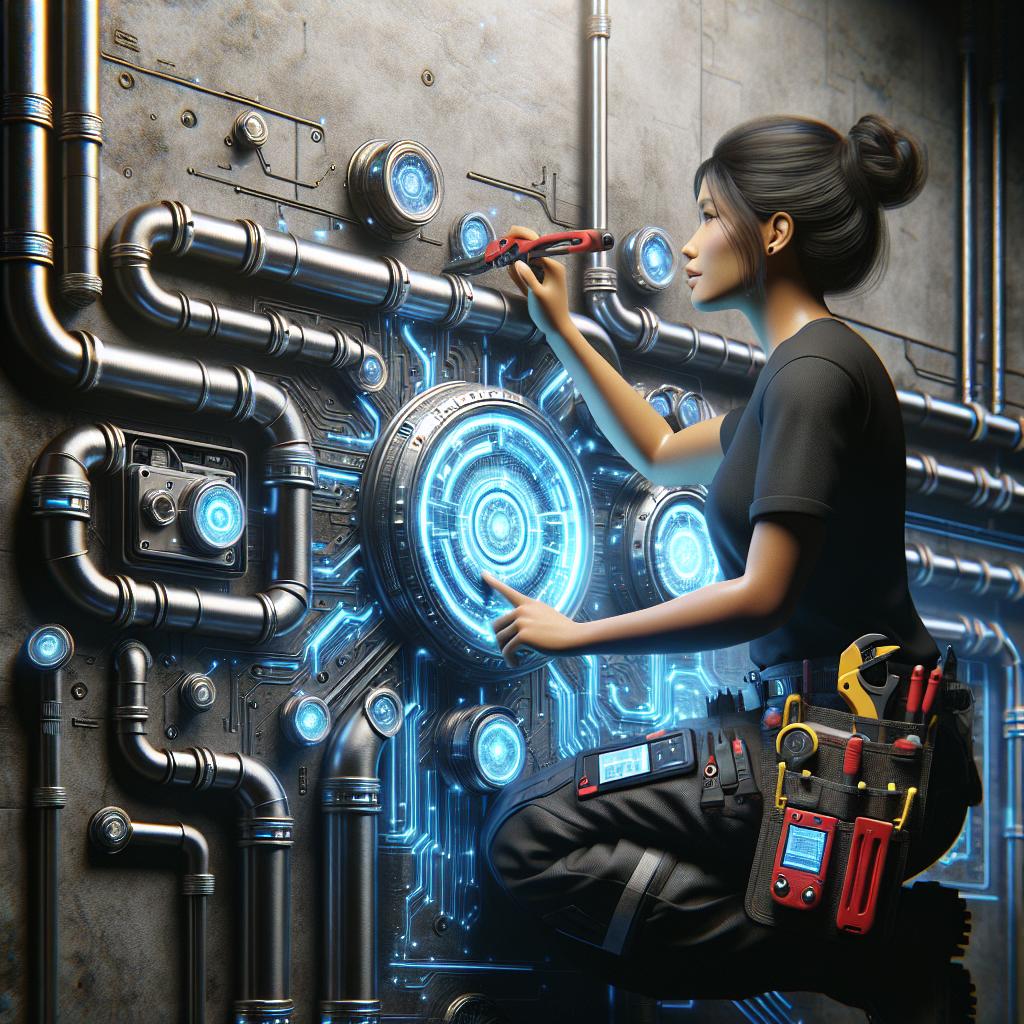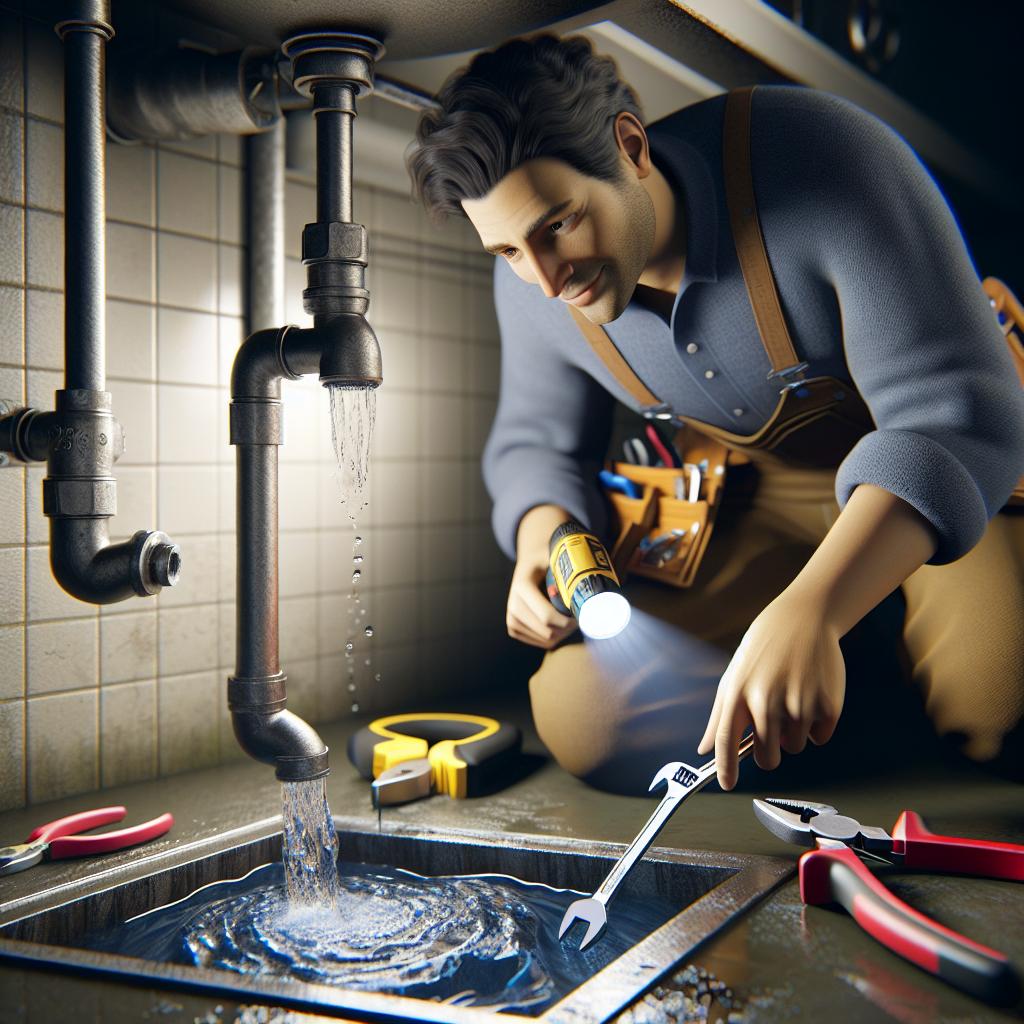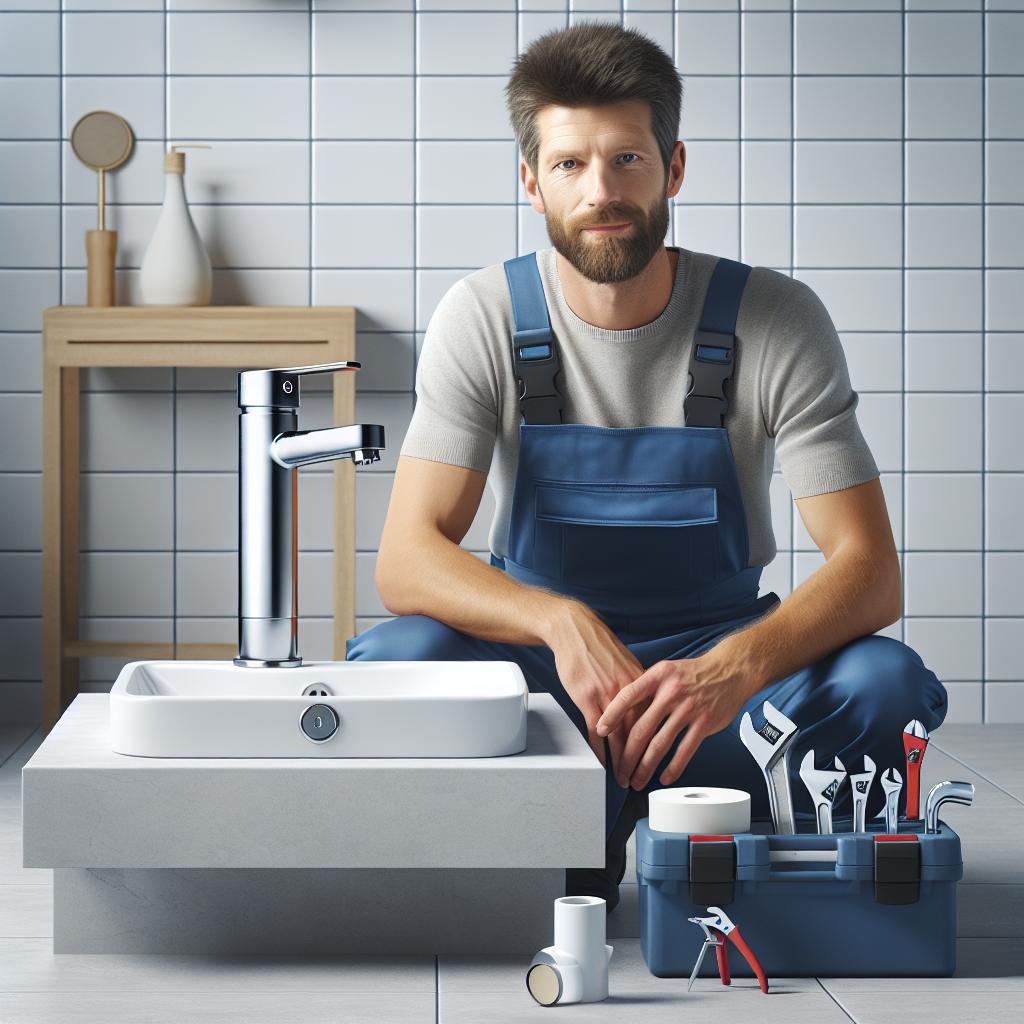The Plumbing Truth: 9 Eye-Opening Facts About Your Home’s Water System You Never Knew
When we turn on the tap, we often take for granted that clean, fresh water will come pouring out. However, beneath the surface of our home’s water systems lies a complex world filled with surprising facts and important information that every homeowner should know. In this article, we will uncover _9 eye-opening facts_ about your home’s plumbing system. From the intricate processes that deliver water to your faucets, to the potential hazards that lurk in your pipes, let’s dive into the plumbing truth that can impact your everyday life.
1. Your Plumbing System is a Closed Loop
One of the most fascinating aspects of home plumbing is that it operates as a _closed-loop_ system. This means that water is continuously cycled throughout your home without any actual loss of water through the plumbing itself, assuming there are no leaks. Water is supplied by the municipal water system, travels through your pipes, and after being used, it is disposed of, either through the sewer system or returned to the environment through proper drainage. Understanding this loop is essential for managing water efficiency in your home.
Be Aware of Your Water Supply
Many people do not realize that the _source of their water_ can vary greatly by location. In some areas, water is drawn from underground aquifers, while in others, it may come from surface water bodies. Each source has unique qualities that can affect your water’s taste, odor, and suitability for drinking. In regions prone to drought, understanding your water source can help in planning for conservation efforts.
2. Lead Pipes Are Still a Concern
Despite significant advancements in plumbing materials, an alarming number of homes, especially those built before the 1980s, still have _lead pipes_. Lead is a toxic metal that can leach into your drinking water, posing serious health risks, particularly to children and pregnant women. If your home’s plumbing system is old, it’s crucial to check for lead pipes and replace them with safer alternatives, such as copper or PVC.
Assessing Your Pipes
To identify if your pipes might contain lead, you can conduct a simple _test_: just scratch the surface of a pipe with a coin. If the metal underneath is shiny, it’s likely brass or copper; if it’s dull gray, it may be lead. Consider scheduling a professional assessment to ensure your water is safe for consumption.
3. Water Heaters are a Hidden Energy Drain
Water heaters are one of the most energy-intensive appliances in our homes, responsible for a large portion of utility bills. Many homeowners are unaware of this until they receive their monthly bills. Additionally, a _poorly maintained water heater_ can lead to inefficiency and higher energy costs. Regular maintenance, including flushing the tank and checking the insulation, can help enhance efficiency and extend the lifespan of your water heater.
Consider Upgrading Your System
If your water heater is more than 10-15 years old, it may be time to consider upgrading to a more energy-efficient model, such as a tankless water heater which heats water on demand, minimizing energy loss associated with traditional tank models.
4. You May Not Have Enough Water Pressure
Water pressure is an essential factor in any plumbing system, affecting the delivery of hot and cold water throughout your home. If you’ve experienced weak water pressure in your home, you are not alone. _Low water pressure_ can stem from a variety of issues, including clogged pipes, leaks, or restrictions in water supply. It’s essential to be aware of these problems as they can lead to further plumbing issues down the line.
Diagnosing Low Water Pressure
To diagnose low water pressure, you can perform a simple test by measuring the flow rate of your faucet. Fill a container of known volume and time how long it takes to fill it. If it takes longer than expected, you may need to consult a plumber to investigate the issue further.
5. Not All Plumbing Problems are Obvious
Many plumbing issues can develop without any visible signs. Hidden leaks, for instance, can wreak havoc on your home’s structure and lead to mold growth if not detected early. Understanding the signs of potential plumbing problems, such as fluctuating water bills or damp spots on walls, can help you address issues before they escalate.
Equipment for Leak Detection
Investing in a moisture meter or leak detection system can help you identify leaks that may be hidden behind walls or under floors. Early intervention is key to preventing serious damage and costly repairs in the future.
6. Your Toilet is a Water Hog
When it comes to water usage in the home, the toilet is one of the leading culprits, accounting for nearly _30% of indoor water usage_ on average. Older toilets can use up to 7 gallons per flush, while modern low-flow models use less than 1.6 gallons. Upgrading to a _high-efficiency toilet_ can lead to significant water savings over time, and it’s an investment that pays off both environmentally and financially.
Flushing Without the Worry
Understanding how to minimize water use when flushing can also help. For instance, you can simply avoid using the toilet as a trash can, thus reducing unnecessary flushing, and putting conservation practices into place.
7. Sewer Backups Can Happen Anywhere
Sewer backups are not only a nuisance but can also lead to serious health risks. The unfortunate truth is that sewer systems can back up due to _clogs_ in your home’s plumbing or further down the line. Tree roots, grease buildup, and foreign objects can obstruct sewer pipes, leading to overflow. Regular maintenance and inspections can help minimize these risks.
Taking Preventive Measures
To reduce the risk of a sewer backup, avoid flushing anything other than human waste and toilet paper down toilets, and be cautious about what goes down the drains in your kitchen sinks. Scheduling regular inspections by a plumbing professional can also help detect potential issues before they lead to a disaster.
8. Hard Water Could be Harming Your Plumbing
If you live in an area known for _hard water_, you may unknowingly be causing damage to your plumbing system. Hard water is rich in minerals, primarily calcium and magnesium, which can build up in your pipes over time and lead to clogs and reduced water flow. Installing a water softener can significantly reduce these deposits and improve the efficiency of your plumbing system.
Testing for Hard Water
Testing your water for hardness can be easily done with kits available at home improvement stores. If your water is hard, it’s advisable to consult with a professional about the best methods to address the issue.
9. Regular Maintenance is Essential
Lastly, one of the most vital truths about your plumbing system is the importance of _regular maintenance_. Many homeowners only call for a plumber when a problem arises, which can lead to more significant issues down the road. Establishing a routine for inspections, maintenance, and repairs can save homeowners a great deal of money and stress in the long run.
Creating a Maintenance Schedule
Consider a seasonal checklist that includes inspecting pipes, testing water quality, and ensuring that your appliances are functioning correctly. Regular maintenance can help catch small issues before they become larger, offering peace of mind and reliability in your home’s water system.
Conclusion
Your home’s plumbing system is a critical part of your everyday life, yet many homeowners remain oblivious to the complexities and potential hazards associated with it. By understanding the _9 eye-opening facts_ explored in this article, you can take proactive steps to ensure that your plumbing is efficient, safe, and reliable. From monitoring water quality to investing in newer systems, knowledge is power when it comes to maintaining the plumbing health of your home.
As a final note, whether you’re a new homeowner or have lived in your house for years, make it a point to stay informed about your plumbing system. The truths you uncover may help you avoid problems down the line, ensuring that when you turn on the tap, clean water flows as intended.
